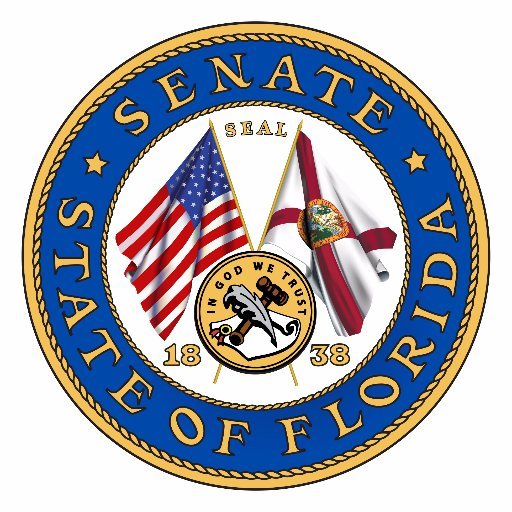Senate pumps $15M into Naples stormwater project

The Senate will pipe $15 million toward a Naples stormwater project.
Funding comes from Senate Supplemental Funding, affectionately known as the “sprinkle list,” and will fulfill a major funding priority of Senate President Kathleen Passidomo.
The Naples Republican this year put in a request for the Naples Gulf of Mexico Beach Stormwater Outfall Pipe Removal & Water Quality Project. She notably only sought $10 million for the effort, but will bring home even more.
The project contributes to a Department of Environmental Protection effect to remove all stormwater pipes feeding into Naples’ beaches.
“The City has designed and already permitted a project that improves water quality, flood protection and the City’s resiliency to climate change,” reads a request filed by Passidomo. “After significant planning, design and engineering, work on the City’s beach outfall removal project is planned to begin in 2022. Stormwater quality will be improved beyond the State’s minimum standards through a state-of-the-art stormwater treatment train.”
Engineers said the project will help clean stormwater and then pump it 1,000 feet offshore using a new pump station.
As part of the rebuilding of the existing stormwater collection system, Gulf Shore Boulevard will be increased in elevation, making it more resilient to sea level rise expected between now and the end of the century.
“This project exceeds FDEP’s directive to improve stormwater quality, reduce beach erosion, protect environment species, and remove large, unsightly, and obstructive stormwater pipes from the beautiful beaches of Naples,” the funding request reads.
The state funding will be met with a $10 million local government match out of the city of Naples’ stormwater fund.
The project in turn will improve flood protection to over $5 billion worth of assessed property along the Naples coastline. In addition to helping more than 19,000 living in Naples today, Passidomo’s request said the cleanup will benefit the entire Fort Myers-Naples metropolitical region, home to more than 322,000 residents, not to mention the hundreds of thousands of tourists coming to the region’s beaches and contributing to the local economy.
This article originally appeared on Florida Politics
